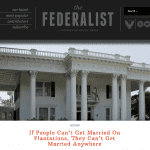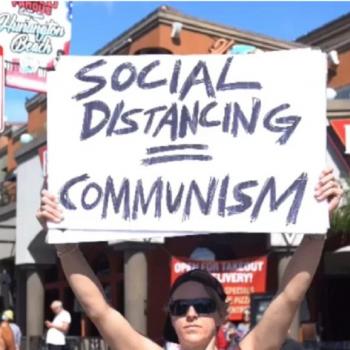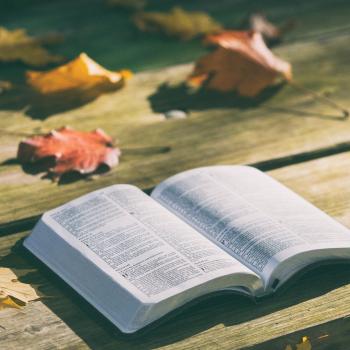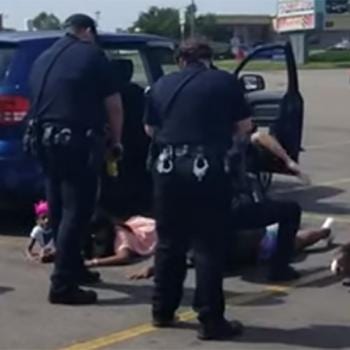There’s been some recent discussion about differences in American history textbooks from state to state.
Southern whites resisted Reconstruction, according to a McGraw-Hill textbook, because they “did not want African-Americans to have more rights.” But the Texas edition offers an additional reason: Reforms cost money, and that meant higher taxes.
Whole paragraphs on redlining and restrictive deeds appear only in the California editions of textbooks, partly as a result of different state standards. Texas’ social studies guidelines do not mention housing discrimination at all.
These differences ares so pervasive that one could almost argue that American young people are being taught completely different versions of U.S. history, depending on the state they live in.
Given the attention this has received, I thought I’d take a moment to note that this is not new. A century ago, national textbook publishers created two vastly different editions of their history textbooks, one for schools in the south, and one for schools in the north. Children in different regions of the country learned completely different—and incompatible—versions of what happened during and leading up to the Civil War.
Opposition to the civil rights movement during the 1950s and 1960s was grounded in an alternative historical reality that was taught in public schools across the U.S. South:
The effort to reeducate the South, indeed the entire nation, by recasting the Civil War as the “Lost Cause” was promoted by the United Daughters of the Confederacy (UDC), as James M. McPherson describes in an essay in The Memory Of The Civil War in American Culture. Soon after the group organized in 1895, it created children’s auxiliaries called Children of the Confederacy with the purpose of “telling the Truth to children” — in other words, making sure that children were presented with a version of the still-recent war that placed it within the context of southern romanticism. As McPherson notes, “Children were ubiquitous at parades, rallies, and reunions of the UDC,” and those of its counterpart organization the United Confederate Veterans (UCV).
… children were provided opportunities to write and recite original poems and speeches that expressed pride in their Confederate heritage. These efforts were aimed to combat what southern leaders viewed as the false history that their children had learned from textbooks overwhelmingly authored and published by northerners. Southerners complained that these texts indoctrinated southern children in a nationalism born out of a Union victory, which relegated their region to a place of dishonor in the national narrative.
During the first decade of the 20th century, the UDC and UCV engaged in a full-scale onslaught against the textbook industry. Each organization had formed its own “Historical Committee,” which, as McPherson notes, was commissioned to “select and designate such proper and truthful history of the United States, to be used in both public and private schools of the South,” and to “put the seal of their condemnation upon such as are not truthful histories.” Hence, the committees focused almost entirely on censoring what was dubbed “long-legged Yankee lies” in textbooks that represented the North as noble defenders of the Union and the South as ignoble rebels.
By 1910, the Historical Committees declared mission accomplished.
Students who used southern textbooks learned that the civil war was about states’ rights; that slaves had been well treated, happy, and loyal; and that the real villain were the abolitionists who stirred up trouble where none existed. Violent white militias such as the ku klux klan were portrayed in these texts as saviors necessary to protect white southerners against aggression from newly freed blacks who had been corrupted and turned against southern whites—their staunchest protectors—by self-motivated northern “carpetbaggers.”
In other words, up was down and down was up: these textbooks created an alternative reality and a false version of the past. National textbook publishers bowed to this reality as some sort of financial necessity, becoming complicit in the miseducation of generations of white southern children.
The bottom line for national book publishers was they had decisions to make if they wanted to sell books to Southern schools. Go all in with Lost Cause dogma and be able to sell the book only in the South? Or have two versions of the same book — one with carefully worded, watered-down history for the South, and another one with historical facts for everyone else? The latter was often the choice.
We talk a lot about “fake news” today, and about media bubbles, and about people holding alternate versions of reality. In some sense, though, these bifurcated textbooks were the epitomization of just this phenomenon—a phenomenon that, this example makes clear, is not in any sense new—or without price.
I have a Patreon! Please support my writing!











